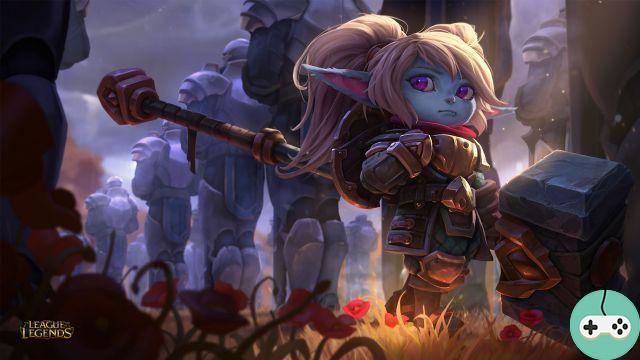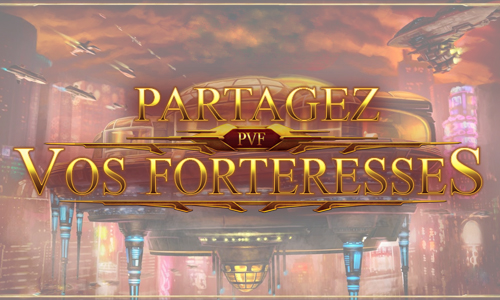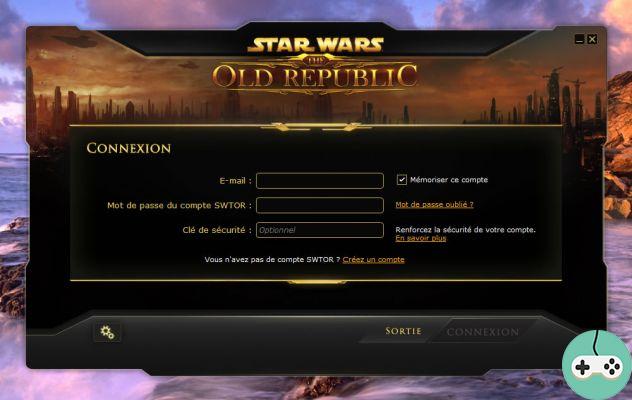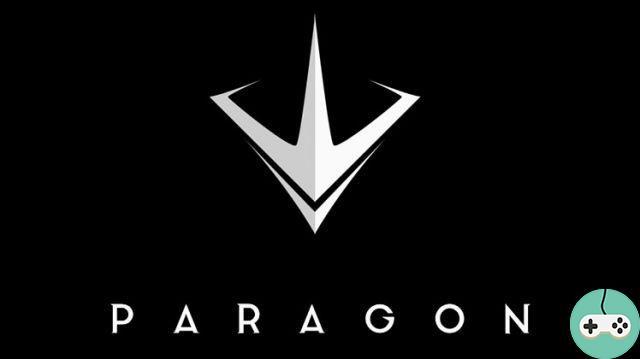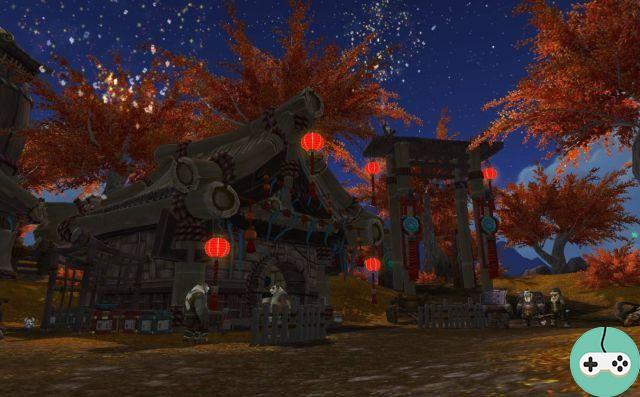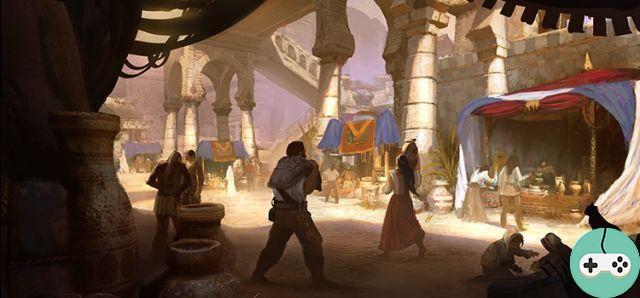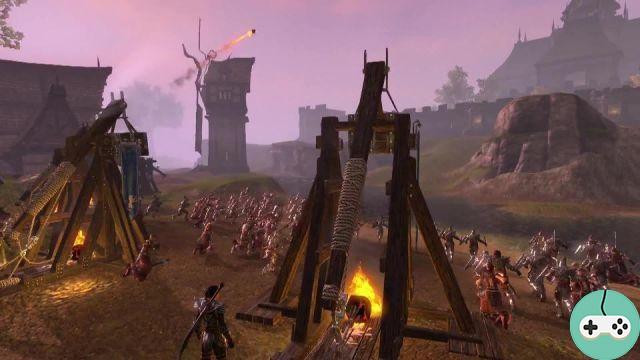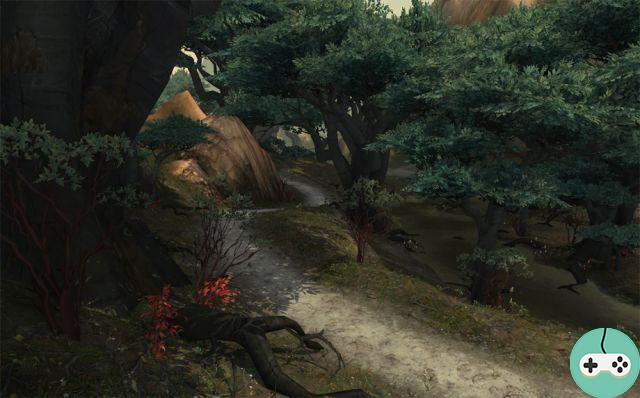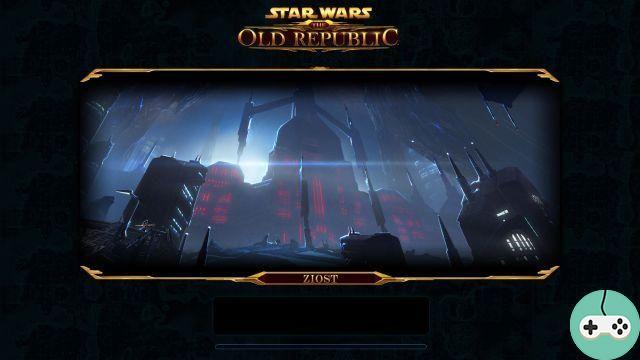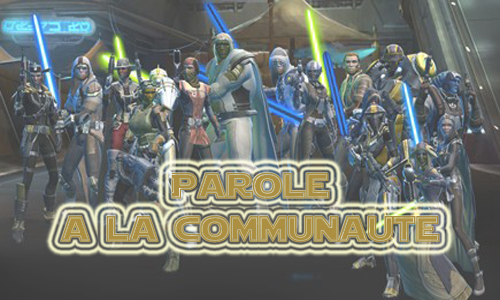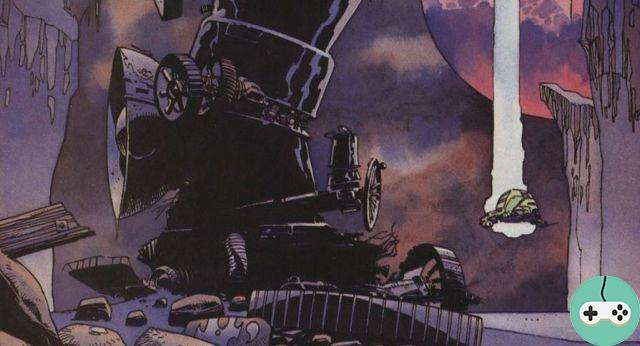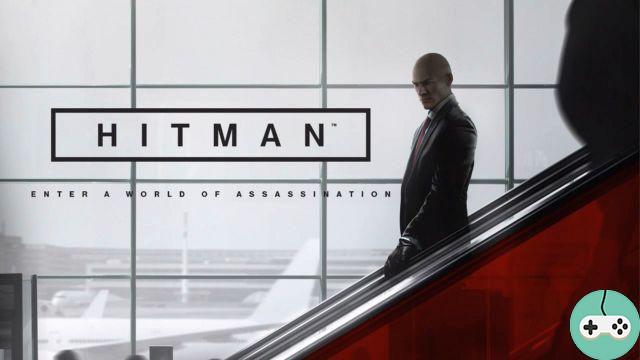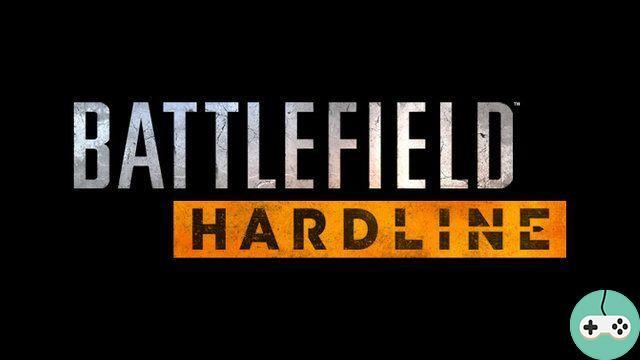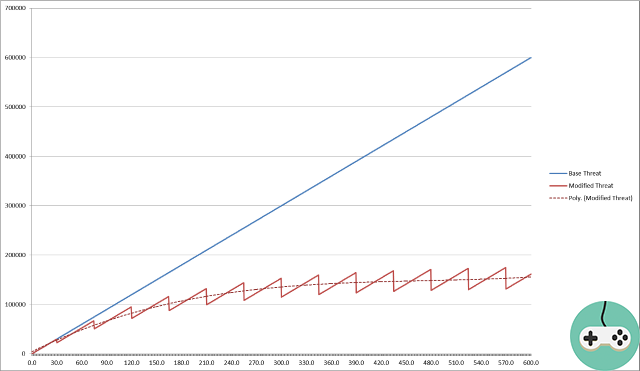
La threat et l'aggro are fundamental concepts in the PVE content of virtually all MMOs, but they are also concepts that are often misunderstood. In this article, I'm going to walk through the threat and aggro mechanics of SWTOR along with some tips, tricks, and good habits to take to deal with them effectively when you're supposed to tank (or not) an enemy.
Traduction & Adaptation (Source) : Boze, Mantle of the force (Guilde Sith Sex & Sun)
- The basics
- The Mathematics part
- Threat modifiers
- Threat reduction
- Thresholds and threat taking
- Provocation
- Conclusion
The basics
- La menace (Threat)
- L’Aggro
- It is a numerical quantity.
- It represents the probability that a hostile non-player character (NPC) will attack you.
- This is usually represented as the amount of damage you must do (excluding modifiers), to generate that same numerical amount of threat.
This term has several meanings in common usage:
- Have aggro it is being the target of an ongoing attack by a hostile NPC
- Take aggro this is to provoke a hostile NPC who is already another target and make him stop attacking that target so that he attacks you
- Aggro something is also to engage in combat with him. For example, getting too close to a hostile NPC while at rest will usually cause them to attack you. This is called aggro the NPC
- Pullover is used during the primary engagement of a combat, role normally devolved to the tank, one uses rather than "aggro", the term "pull!"
Most NPCs have what is called a threat table. This indicates who is in combat with this NPC (player or not) and classifies these "hostile units" according to their current threat level, thus placing the one with the most at the top of the table. The NPC therefore attacks usually the unit with the highest threat on this table, subject to a few caveats.
First of all, once the Boss attacks the Tank, matching or exceeding the Tank threat is insufficient to take aggro. You have to exceed the threat of the Tank by a certain margin, the calculation being based on the distance. This threat margin to be provided is therefore more or less important depending on the distance from the boss (more details later). So you can't just "trick" a target by quickly switching back and forth between multiple targets and maintaining the same threat level.
Second, some effects can remove the target's position on the threat table. For example if the Tank is hit with a CC (crowd control) type incapacitation that breaks damage, it is removed from the threat table until the effect ends or is broken if possible. Some player classes also have threat reset spells. Finally, some bosses have abilities or strategies and positions which mean that, depending on your place, but also sometimes randomly, you can go up to the first place of the threat table from time to time. We will then speak of unstable aggro due to the mechanics of the boss.
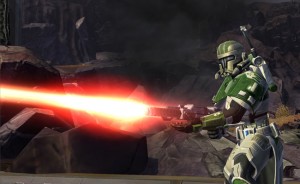
The Mathematics part
Threat Modifiers (see if still up to date)
The Tank in the game has particular specifications due to its role, linked among other things to its equipment, which increase its level of threat generated. These particular specs have a threat modifier of 50%. A Tank therefore gains 1.5 threat for each damage it gives.
In addition to this, he has at his disposal certain capacity spells or auto-buffs, which are spotted when looking at their tooltip, by generates a large amount of threat or the like. These abilities also have a 50% threat multiplier and stack multipliers (charges, a spell that can stack multiple times). Thus its particular specifications added to an ability generating a large amount of threat, the Tank gains 2.25 threat for each damage given.
These threat multipliers are one of the keys to allowing the tank to maintain a threat edge over its DPS class playmates without having to deal the same damage as them.
This means one important thing for the Tank when choosing their spells: higher damage abilities aren't always the best abilities to use when trying to maximize their threat generation.
On the side of the healers : All healing spells only generate 50% normal threat (for example, a heal of 1000 generates 500 threat). It should be noted that usually in MMOs the threat generated by the healing is distributed among all the enemies present but we do not know if this applies to SWTOR.

Threat reduction
Then we have the threat reducers. Most classes have a threat reducer (Ex: countermeasures… etc…). The majority of these threat reducing spells instantly decrease the user's total threat by 25%. The regular use of these spells and not only in the event of taking aggro can considerably reduce the total production of threat of the player and thus bring it back down in the table of threat and thus minimize the risks of it taking again the aggro. .
For example in the graphic below, here is a view of a 10 min fight that compares 2 players each generating 1000 threats per second. The first player in blue does not use their threat reducer, while the second in red uses their threat reduction first to 30 seconds and then as soon as the spell's cooldown is over, every 45 seconds.
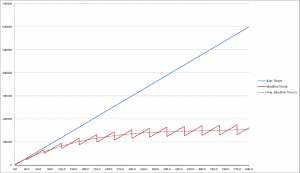
As you can see, at the end of the fight, the 2nd player reduced their threat level by 75%.
In concrete terms, as seen above, the player has reached a holding capacity threat, much like a river dam and its overflow system, where the threat it poses on average will no longer increase, as long as it uses its threat reduction spell on each delay of reuse (CD = Cooldown, time it takes for the capacity to recharge before being usable once used).
Assuming you use your threat reduction on CD (these spells are all off global cooldowns), this “hold” ability is reached when your linear total threat, before using your threat reduction, is equal to 4 times the amount of threat you generate during the threat reduction spell's cooldown (since you will lower ¼ of your threat with each CD). This means that the holding capacity of most DPS classes (those with a CD of 45s on their threat reduction) is 180 times their damage on average, or around 200.000 to 300.000 threat at the end of the game (depending on speed and class)
Special cases : Some of these reduction capabilities work a little differently and are clearly buggy. They reduce the threat by 2500% instead of 25% (check the current state, it can be fixed). The two stealth classes on either side also have the ability to vanish which completely erases the threat and removes them from combat.

The last threat modifier is the guard you tank. All Tank classes have this ability when in their Tank mode. It is a permanent improvement (sometimes to be updated in case of death) in the form of a shield placed by the Tank on a friendly target. This ability reduces the damage received from the target by 5% and the threat generated by the target by 25% and redirects 50% of the damage received by the target to the Tank. Please note that this capacity has a range of 15 m.
You can easily see if you're in range by taking a look at your avatar and buff bar:
- on the avatar, you will have some sort of blue shield around you if you are in range. Out of range you will have a blue hexagonal grid under your feet.
- on the enhancement bar, you will see a single brown icon if you are in range (overlapping silhouettes). Out of range you will see a second blue version of the spell.
From the point of view of the Raid Leader and most Tanks, it is best to use your Threat Reducers before picking up aggro on the boss, as many Bosses have this unfortunate tendency to use cone attacks in front of them. . Many bosses also require fairly careful positioning, and honestly, your tanks already have enough to do not to make life more difficult for them by forcing them to keep taunt on you via taunt etc ... Don't hesitate to ask for custody to your extra tank and make sure you're within range.

Thresholds and threat taking
As I mentioned above, it is usually not enough to simply have a greater threat than the Tank to regain aggro on a Target. You must exceed a certain threat threshold, expressed as a percentage of the current aggro Target threat, to take aggro:
- more specifically, if you are in the position of what the game considers melee combat, you need 10% more threat than the tank to take aggro off the boss.
- if on the other hand you are outside this range, you need 30% more threat than the Tank to take the aggro on the Boss.
Funny thing is that the game considers you to fall under the melee category if you are a little closer than the maximum distance or you can use melee attacks against the boss (usually 4m if I'm not mistaken. not). This means that even a melee character might be in the 30% “threat taking” category, which is a good thing. This also has an effect on the mechanics of Taunt.
A small note on what this can generate as difficulties for the Tank when you resume aggro: if you exceed the threshold of 130% and resume aggro, then it would take 130% of your own threat to the Tank to resume it, Clear 169% of its original threat assuming you didn't generate any additional threat in between.
La provocation (taunt)
Taunt in Swtor works somewhat differently than in other MMOs in some ways. As in other MMOs, taunt is perfect for forcing an enemy to attack you and forcing them to let go of an ally. In SWTOR however, provocation can be used to generate threat if you are already the target of BOSS but also in case of aggro recovery and this at a percentage depending on your placement: in the "melee" category. (below melee attack range) taunting the target will place you at 110% of the current target's threat and further away, 130%. And it works even if you're the target. If you are a Tank, you can therefore increase your threat by 10 or 30% depending on your placement every 15 seconds (mono target taunt) and 45 seconds (multi target taunt) and thus reach in 3 or 4 times the max dps of n ' any class of the game quickly.
It also means that you can use taunt as a quick boost. With two tanks, this can be formidable, because you recover the overrun of the off-tank which has just taken the aggro + yours.
The Tank should take care with these tactics, however, as a strategy may require having to use taunt at a specific time. It is therefore always necessary to ensure in this case to have a provocation available. Here is a comparison graph between two tanks over a 2 minute fight. Both generate 1000 threat per second but the one in green uses its taunt every 15 seconds:
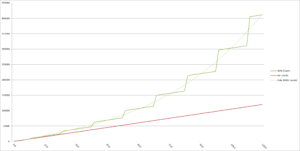
As we can see, the Tank that uses its taunt has multiplied its threat by 3.5 compared to the other Tank.
Conclusion
The threat appears to be a complex mechanic seen on the surface, but underneath it is surprisingly simple. It has a few quirks, in SWTOR in particular, but it's also the knowledge needed for anyone who intends to have more than just occasional interaction with PvE content. Particularly in operations, the mechanics of threats can have a significant impact on the play of a particular boss fight and it is the responsibility of anyone wishing to raid in SWTOR to ensure that they fully understand the mechanics. that imply the threat and aggro.
Traduction & Adaptation (Source) : Boze, Mantle of the force (Guilde Sith Sex & Sun)
We hope you like this guide and help you!






